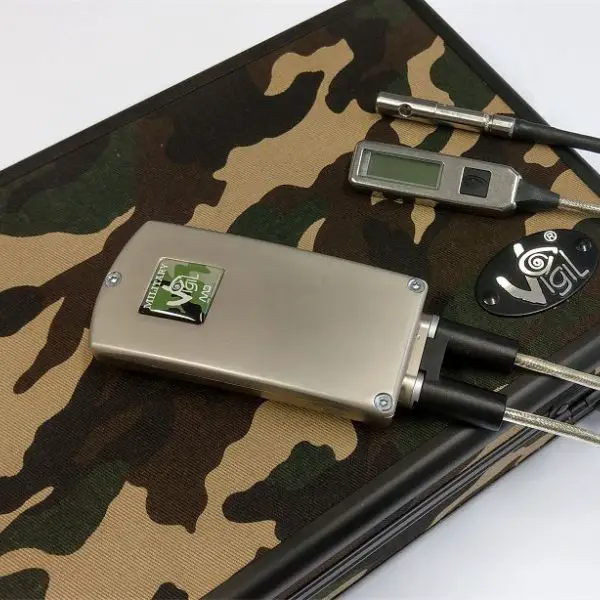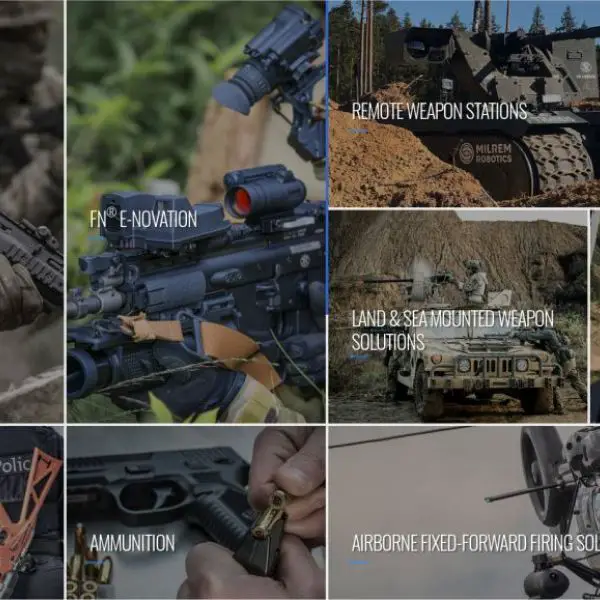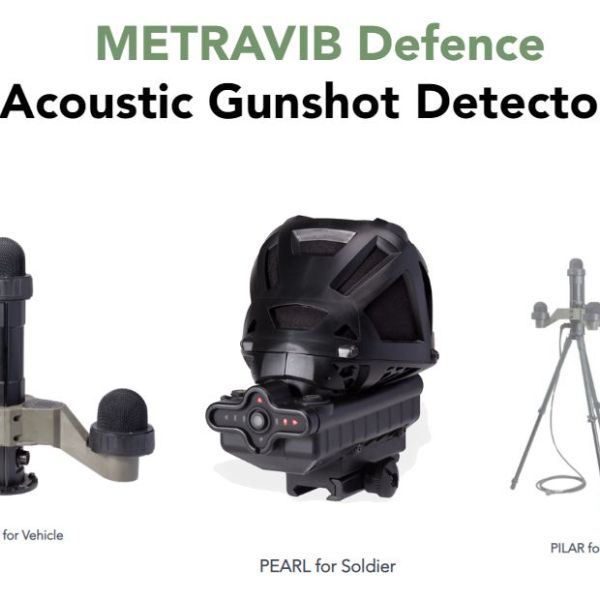Shaanxi Baoji Special Vehicles
| China
Shaanxi Baoji Special Vehicles Manufacturing China
a
Shaanxi Baoji Special Vehicles Manufacturing is one of Chinese leading design and production centres fo...
Chaiseri Defense
| Thailand
Chaiseri Armoured, Metal & Rubber , Track Systems
Chaiseri is a Defense Company based in Thailand that produces advanced tracked systems including tracks, tra...
Hirtenberger Defence Systems
| Austria
Hirtenberger Defence Systems GmbH b& Co KG
With extensive expert knowledge in the competitive field of ammunition production, Hirtenberger Defence Systems GmbH ...
John Cockerill Defense
| Belgium
John Cockerill Defence formerly CMI Group, headquartered near Liège in Belgium, is known for its combination of experience in Engineering and Maintenance in Defence, Energy and Industry sectors. CM...
FN Herstal
| Belgium
FN Herstal is based in Belgium and is a world leader in the design, development, and manufacturing of small caliber weapons, integrated weapon systems and associated ammunition for Armed Forces Sec...
Hutchinson
| France
Hutchinson Defense and Mobility Division
HUTCHINSON Defense and Mobility Division, global leader in mobility systems, provides runflat solutions...





































